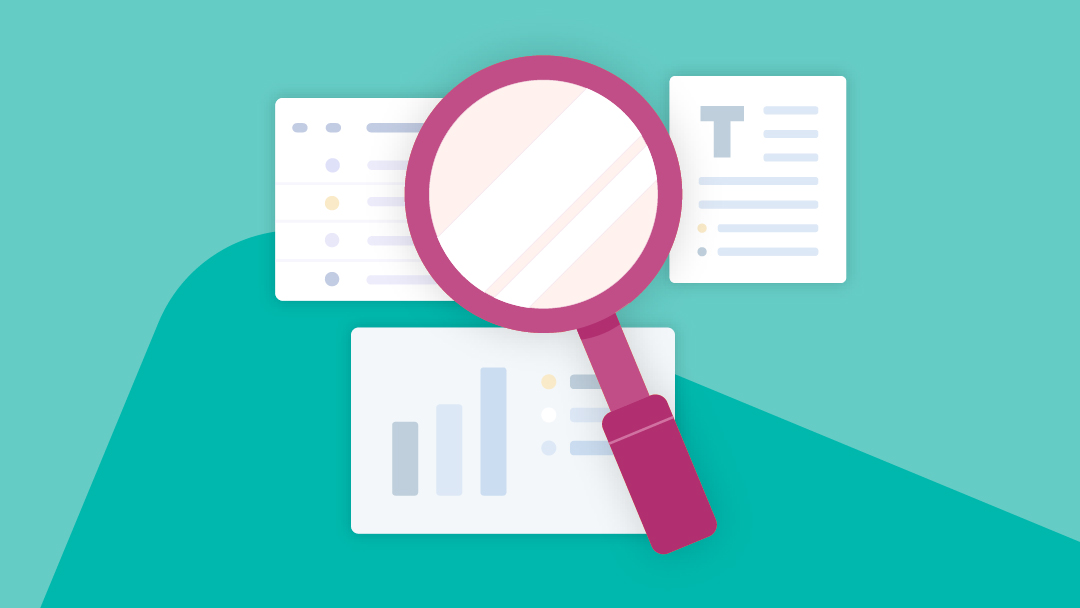As businesses seek to grow by maximizing returns while reducing costs, the words “efficiency” and “effectiveness” are often used interchangeably. But they’re not the same thing. As technical innovations such as automation make it easier than ever to rapidly scale, understanding the distinction between the two — and how each can help your organization achieve more — has never been so important.
Doing things right vs. doing the right things
“Efficiency is doing things right; effectiveness is doing the right things,” Peter Drucker, often touted as the “Father of Modern Management,” famously said. While improving efficiency means doing things faster, using fewer resources, in fewer steps, effectiveness means aligning improvements to the way you work to high-level corporate goals. Instead of efficiency for efficiency’s sake, increasing effectiveness requires taking a more focused and strategic approach.
Measure what moves the needle
Part of a more strategic approach is clearly defining how we measure effectiveness. The ability to quantify anything and everything – from the number of steps we take in a day to the exact value of every comment and like a post gets on the company social media feeds – has made organizations hyperfocused on data and metrics. But just because we can measure everything doesn’t mean we should. To yield true value, businesses must measure the right things.
Yet businesses are struggling to figure out how to measure what matters. While the majority of businesses consider themselves data-driven, a global survey conducted by MIT Sloan Management Review found that just one quarter of senior executives agree that the functional KPIs they track roll up to their organization’s strategic objectives.
It’s not that companies aren’t focused on the numbers; but many either aren’t paying attention to the right metrics or aren’t using their findings in meaningful ways. Nearly 30 percent of the 3,200 participants in MIT Sloan’s survey reported that their organization’s KPIs influence their approach either somewhat, minimally – or not at all.
Conversely, those businesses that have managed to align their numbers to their ultimate goals have found the secret sauce: “What sets leading companies apart is not so much the number of metrics they track but how they use them to better engage customers — and thereby grow their businesses,” the authors conclude.
Drive efficiencies, improve effectiveness
Though they are different, effectiveness and efficiency aren’t mutually exclusive. By focusing on creating the right efficiencies, businesses can fuel effectiveness at the same time. Finding this sweet spot requires three crucial things:
1. Strategy. If effectiveness is achieved by making improvements to the right things to achieve organizational goals, then the first step is defining those objectives. In strategic planning, businesses identify their specific objectives and create a roadmap for achieving them. Such planning should form a backbone for all corporate initiatives, and should consider the business’s vision, needs, resources, and other factors. Strategies can be large-scale, encompassing the full organization, or developed for teams and departments; although it is important that smaller-scale strategies align with overall corporate goals.
2. Metrics. Once the organization has defined its goals and created a strategy, it’s crucial to determine how to measure the effectiveness of your plan. Identify which data points will show you how the results of your initiatives track up to your goals. To determine which metrics to monitor, ask yourself what story each indicator will tell you. The exact KPIs will vary depending on what you want to achieve, but it’s important to find the ones that show whether the work that’s being done is helping your team — and your organization — reach its objectives.
3. Commitment. Once you’ve decided what you want to do and how you will know you’re on track, the next challenge is follow-through. This means ensuring that everyone understands organizational goals and their role in achieving them. Make a commitment to empower your organization with the tools employees need to measure their progress, such as access to real-time data, and easy-to-understand insights, and data visualization. Then use that information to perform ongoing evaluation and refinements. Together these will ensure that you’re not only growing your business’s efficiency – you’re becoming more effective at the same time.
Ready to learn more about how the flexible Smartsheet platform can help you increase efficiency so you can achieve more?



